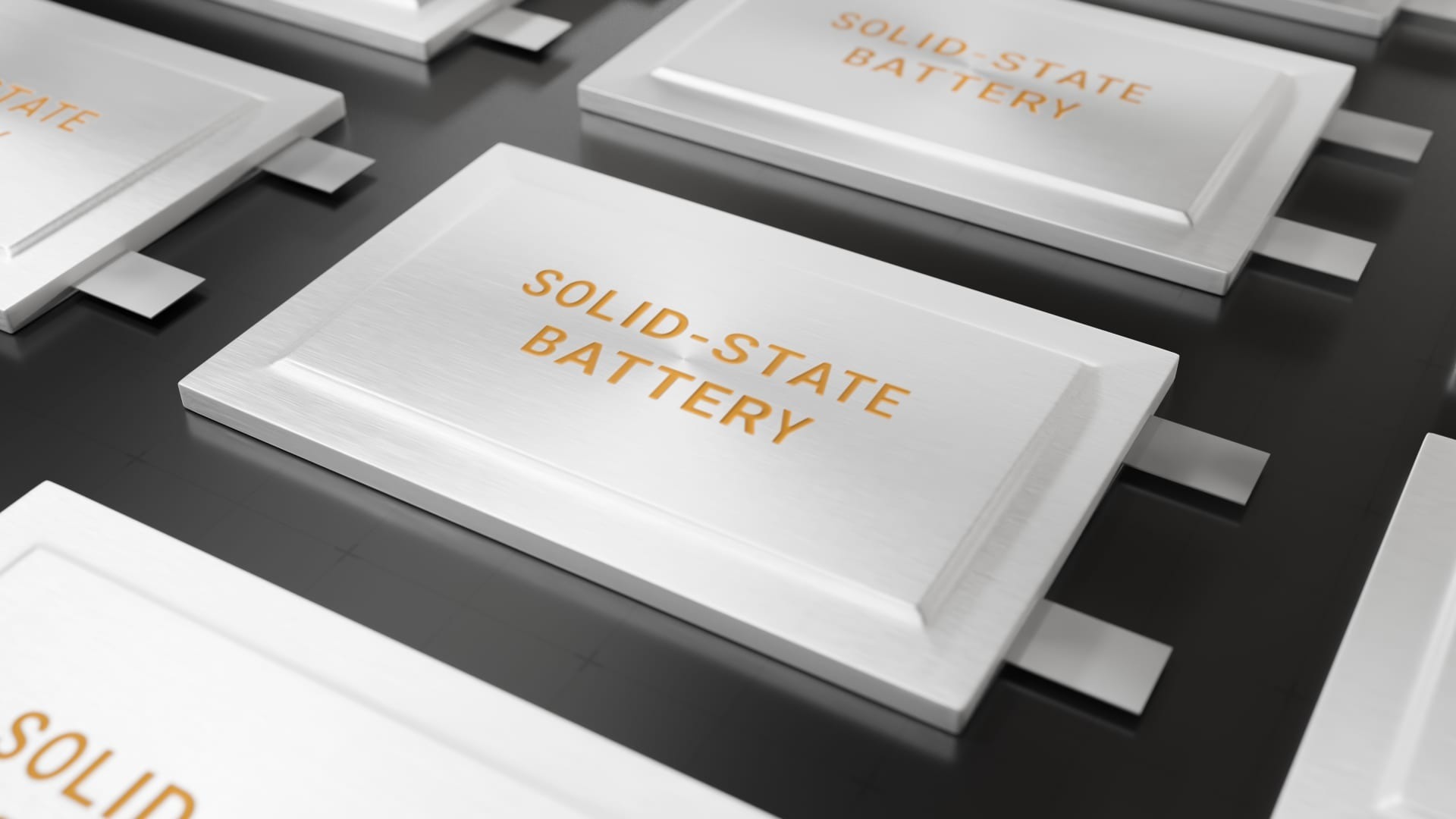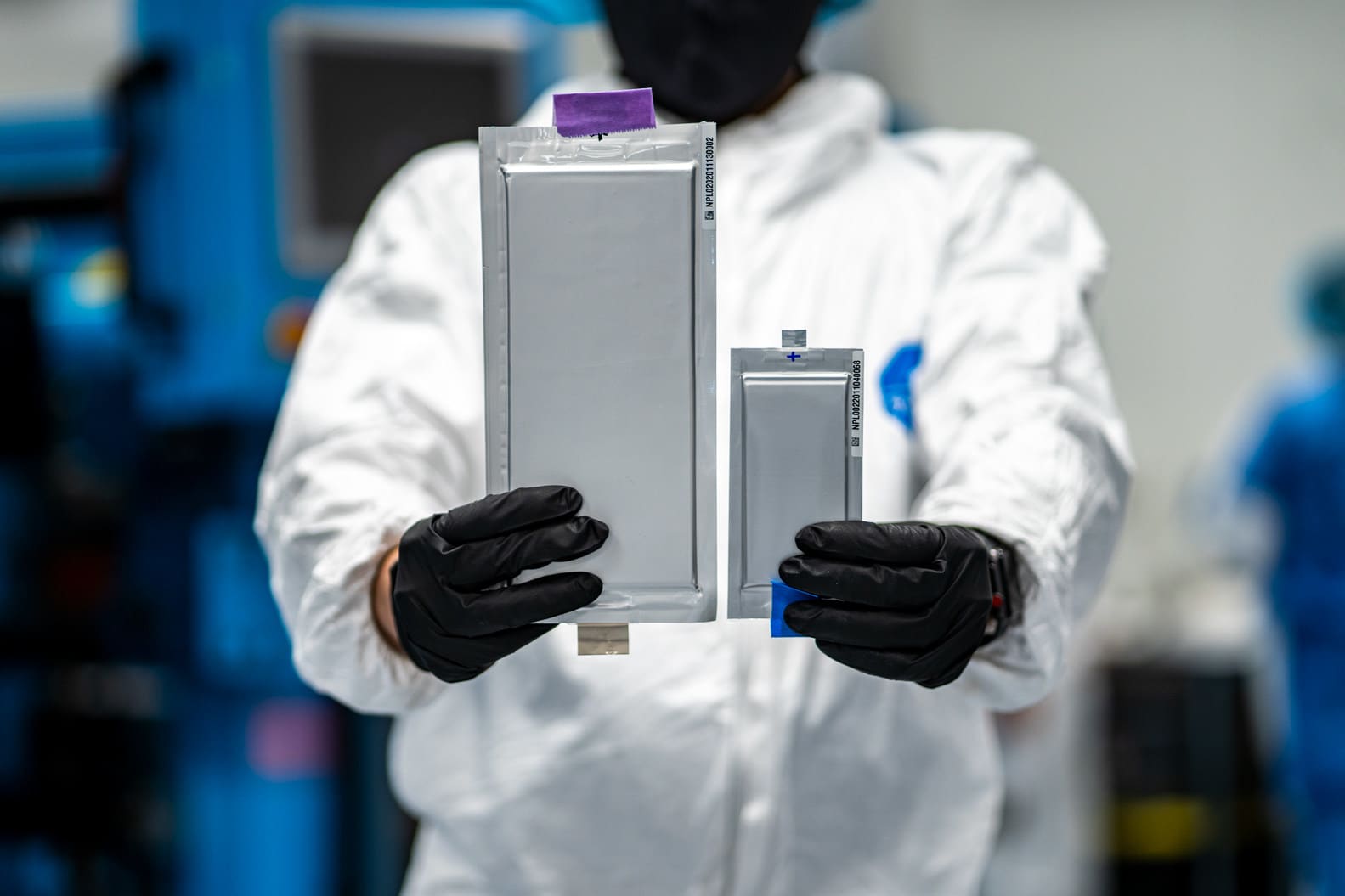The efficacy, safety, and sustainability of traditional lithium-ion batteries remains a hot topic in energy storage. These discussions primarily revolve around concerns such as battery degradation, energy density, and safety risks associated with high temperatures. Amid these conversations, solid-state batteries have emerged as a leading solution.
What exactly is prompting stakeholders to reevaluate the current status quo in battery technology? For a start, solid-state batteries promise a different approach—one which employs solid electrolytes instead of liquid ones. It’s a tactic with the potential to deliver more efficient, longer-lasting, and safer energy storage solutions.
Here, we’ll take a deep dive into battery technology, providing a closer look at the innovations SuperV Battery brings to the table. The emphasis is on understanding the distinctions between—and applications of—different energy storage systems. To do this, we’ll weigh up the strengths, weaknesses, and best-fit scenarios of Solid State Lithium-ion Batteries. Getting to grips with these key differences can better inform your choice of energy solution.
Understanding Solid State Lithium-Ion Batteries
Solid State Lithium-ion Batteries can harness the power of electrochemical reactions to store and release energy. That means, the movement of ions between the positive (cathode) and negative (anode) terminals to generate electrical current.
Lithium-ion batteries have three primary components: a liquid electrolyte, an anode (often made of graphite), and a cathode (commonly composed of lithium metal oxide). The liquid electrolyte facilitates the movement of lithium ions between the cathode and anode. When the battery is being charged, these ions move toward the anode. During discharge, they travel back to the cathode, creating an electrical current in the process.
Solid-state batteries replace the liquid electrolyte with a solid one. This solid electrolyte can be made from various materials, including ceramics and polymers—even hybrid composites. Despite this difference in electrolyte state, the core energy storage principle remains the same in both battery types. Specifically, this relates to the movement of ions and electrochemical reactions.
This type of foundational understanding sets the stage for a more in-depth examination of the unique advantages, challenges, and applications of each battery variant.

Key Differences Between Solid-State and Traditional Lithium-Ion Batteries
As technology continues to push the boundaries of energy storage, understanding the differences between traditional lithium-ion and solid-state batteries becomes paramount. On the one hand, electrochemical reactions are essential to the operation of both solid-state and traditional lithium-ion batteries. On the other, their applications, performance metrics, and environmental footprints highlight distinct differences.
The choices that stakeholders make will influence the future of energy storage—from transportation to household energy. As such, it’s essential that we are all better-informed about our options. To begin, we’ll unpack the key distinctions between these two battery types.
>> A Guide To The 6 Main Types Of Lithium Batteries
Performance and Applications of Solid-State Batteries
Solid-state batteries promise higher energy densities—along with longer-lasting power and quicker charging times. One of their most high-profile applications is in electric vehicles (EVs). Here, solid-state batteries are poised to satisfy rigorous energy and technical demands, potentially offering longer drive ranges and reduced charging durations.
Despite the promising profile of solid-state batteries, traditional lithium-ion variants are still dominant in several areas. For example, smartphones, laptops, power tools, and electric scooters. The versatile energy profiles of lithium-ion batteries, combined with years of proven performance, ensure their longevity in the energy storage arena.
By all accounts, solid-state batteries might just revolutionize the EV industry. What’s more, given lithium ion’s popularity, sound technological base, and continuing presence in diverse sectors, they’re set to be powering our everyday devices into the foreseeable future.

Sustainability and Environmental Impact
One of the most promising attributes of solid-state batteries is their potential for sustainability. For instance, they can significantly reduce reliance on rare and potentially toxic materials. Furthermore, their structure makes them an attractive candidate for recycling efforts. Looking ahead, the large-scale adoption of solid-state batteries, especially in EVs, could be game-changing from an environmental standpoint. To illustrate, potential benefits include a substantial reduction in greenhouse gas emissions.
That said, while lithium-ion batteries have been a boon for contemporary technology, they also present some of their own environmental challenges. A chief concern regards their production, which frequently involves the extraction of rare earth metals—sometimes from ecologically sensitive regions. Moreover, recycling these batteries can be a complicated process in itself because of their material composition. Although steps have been taken to create more sustainable and ethically sourced lithium-ion batteries, there’s still much to be done to address current issues and ensure a more sustainable future.
On the whole, solid-state batteries offer a promising trajectory toward sustainability in energy usage, thanks to their reduced environmental footprint and potential for recycling. However, as lithium-ion batteries are now a mainstay in everyday technological applications, there’s an onus on the industry to refine and enhance their production and recycling processes.
Balancing the Scales: Solid-State and Traditional Lithium-Ion in Perspective
Both solid-state and traditional lithium-ion batteries present unique advantages and obstacles. Solid-state batteries, with their higher energy densities and potential for revolutionizing the EV industry, suggest a promising future in certain sectors. At the same time, the versatility and established reliability of lithium-ion batteries means their relevance is assured across myriad applications—from personal gadgets to renewable energy storage solutions.

All these lithium-ion technologies have an important place in the evolving tapestry of renewable energy solutions. As the world strives to develop more sustainable energy storage methods, the fusion of these technologies will be paramount. Whether you’re looking into solutions for a recreational vehicle, a household, or a solar installation project, understanding the nuances of each battery type can help inform your specific needs.
Curious about how these battery solutions can fit your specific requirements? Reach out to us at SuperV Battery today, and let’s energize your future together.


